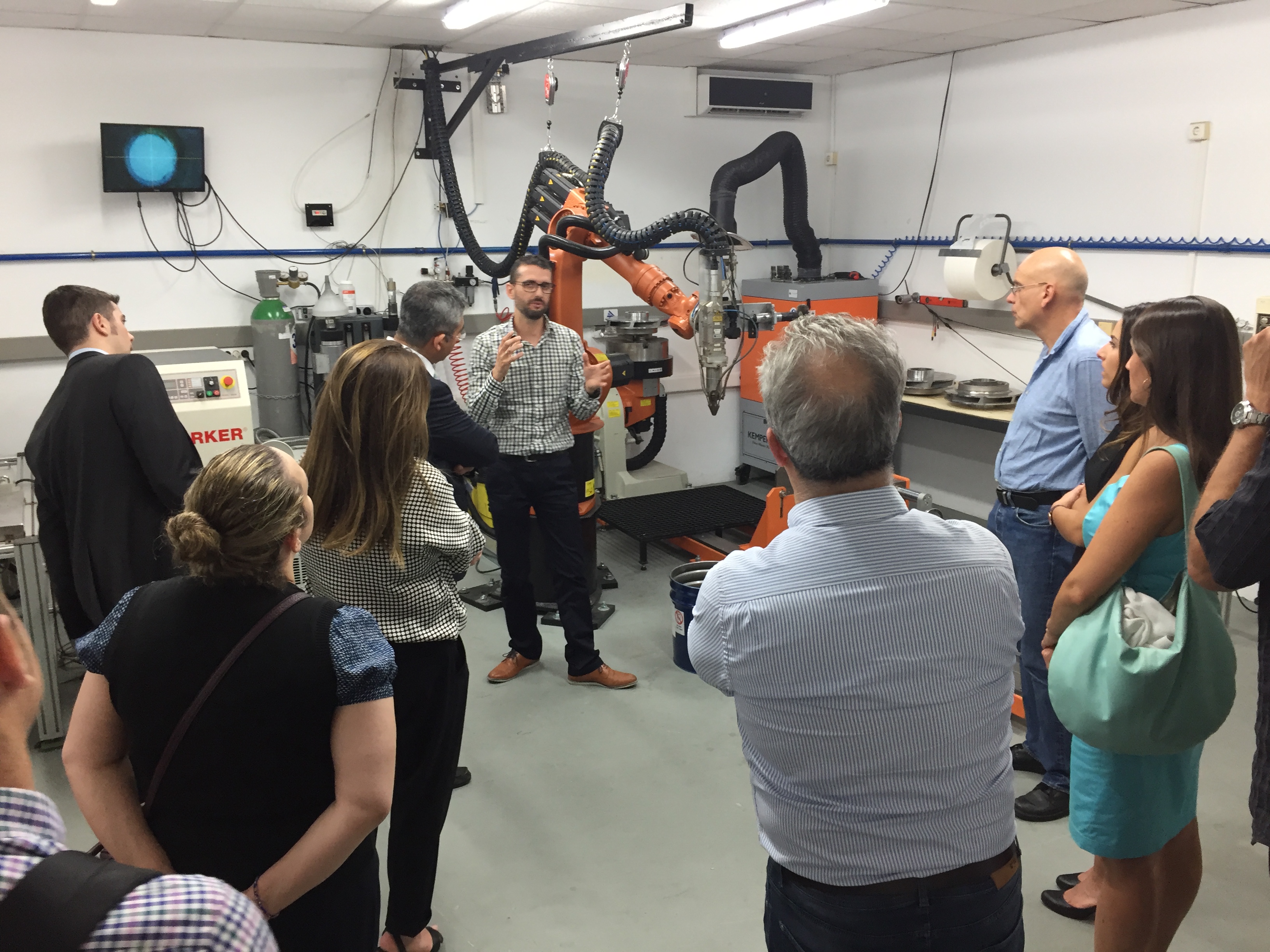
Plastics technology center AIMPLAS says that it is coordinating Recotrans, a European project aimed at developing efficient and sustainable manufacturing methods for large composite parts in vehicles, trains and trucks.
The composites materials are hybrids combining thermoplastic polymeric composite and metal to achieve lighter and high-quality parts that, up to now, were limited to short series because of time- consuming and costly production process. Aimplas says.
‘Composite materials provide countless advantages derived from its high performances and its low weight to sectors such as transport,’ the organization added in a press release. ‘The problem is that its mass production is not a reality yet due to the complex manufacturing methods required.’
The Recotrans project aims at solving this problem by achieving higher productivity when making new multi-materials for the transport sector.
Material requirements
Two potential technologies include microwaves for pultrusion and resin transfer molding (RTM) processes to obtan long-fiber thermoplastic composites, and laser bonding to allow adding metal inserts in composite parts. For these new technologies three demonstrators will be manufactured: the cabin pillar for a Mercedes Benz truck, the roof coverage of a train manufactured by Stadler and a car door skin manufactured by Gestamp.
During the first stage of the project, progress will be focused on material requirements and manufacturing systems, as well as on the selection and adaptation of materials.
The project, which lasts 42 months, has the participation of 13 partners from seven countries and has received funding from the EU Horizon 2020 research and innovation program.
This story is reprinted from material from AIMPLAS, with editorial changes made by Materials Today. The views expressed in this article do not necessarily represent those of Elsevier.





